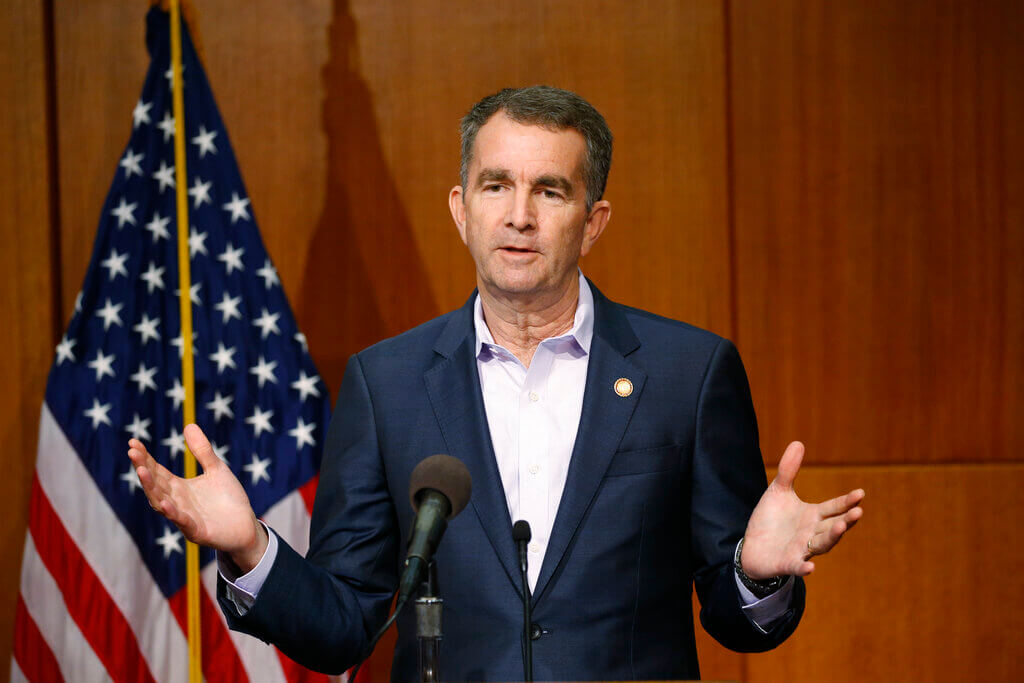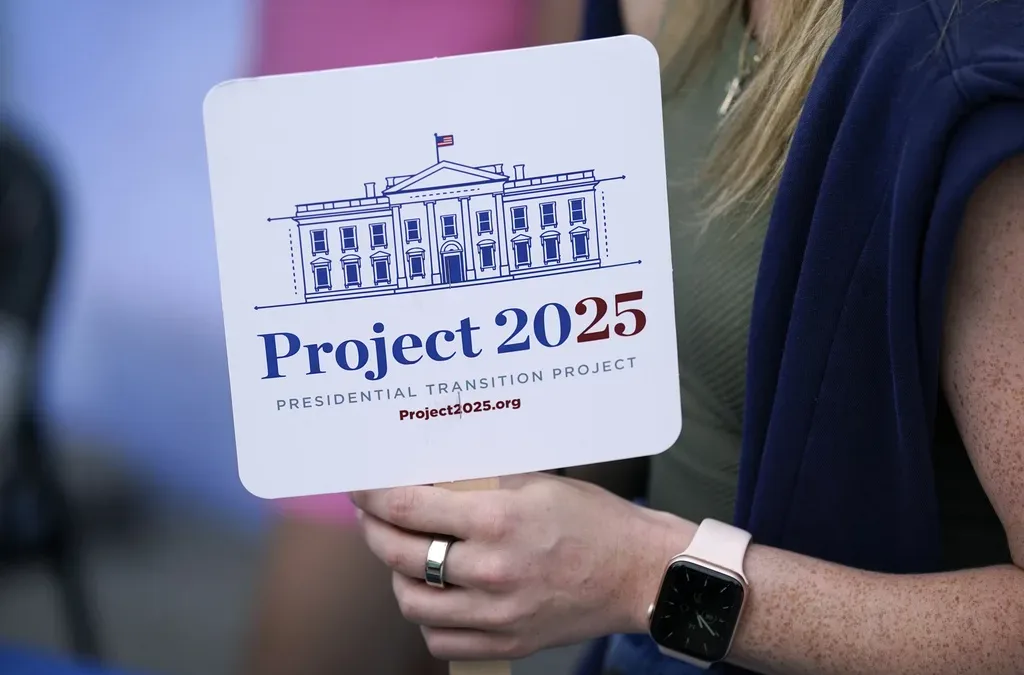
The governor says the new administration is helping speed distribution of the vaccine.
Gov. Ralph Northam announced that Virginia colleges and universities will be allowed to hold in-person classes this fall, as the state’s COVID-19 cases continue on a favorable trajectory.
He also noted that the state’s May revenues weren’t as bad as officials expected at a press conference Thursday.
“I’m glad to say that so far Virginia has not seen a spike in our cases,” Northam said, compared to other states around the country that are seeing increases in COVID-19 cases as businesses reopen. “In fact, our metrics are continuing to trend down.”
Northam said Virginia’s 7-day average of coronavirus cases have been trending downward since the end of May.
“We have made a lot of progress and so we feel good about how these trends are going,” he said. “I can not emphasize strongly enough that this virus is still with us and everyone needs to continue to behave cautiously.”
He encouraged Virginians to continue washing their hands, wearing face masks when out in public and maintain social distancing. Northam also said that he understands the importance of protesting for racial justice but strongly encouraged protesters to wear face masks and social distance as much as possible.
Northam also announced that colleges and universities in the commonwealth will be allowed to reopen and hold in-person classes in the fall. He explained that universities will need to follow guidance outlined in hi Forward Virginia plan, along with public health guidelines.
Colleges and universities must also submit thorough reopening plans to the State Council of Higher Education of Virginia. Officials on the council will review the plans to make sure the school is compliant with relevant guidelines before they are allowed to reopen and hold classes.
Peter Blake, who serves as the director of the State Council of Higher Education for Virginia, said schools will have to come up with plans that address the needs of monitoring health conditions on campus, containment of any possible outbreaks and shutdown plans if severe conditions mandate it.
“Institutions may need to update their plans as further information emerges especially in areas of testing, contact tracing and symptom tracking,” Blake said.
Blake said that campus life will look different than in the pre-COVID-19 days.
“More courses will be taught in an online or hybrid manner, classes will be smaller and schedules will be staggered,” he said. “Resident life will also need to be spread out and food service will be offered in nontraditional ways.”
Finally, Northam addressed the state’s revenue report for May. Virginia’s revenues came in about 20% lower than figures from May 2019, but Northam said the decrease was slightly better than officials had anticipated.
Aubrey Layne, Virginia’s Secretary of Finance, said that because the state’s income tax deadline was pushed back to help residents during the pandemic, officials expected Virginia to be down about $1 billion by the end of the fiscal year. Instead the state is only down about $800 million.
“This is better than we thought we were going to be and I think this is for a couple of reasons,” he said. “One is Virginia’s underlying economic resiliency and it also has to do with the federal actions taken.”
He noted that Virginia has still been hit hard by the pandemic and these past few months have been very difficult for residents.
“So, it appears that as we go into the end of this fiscal year and budget for 2021 we’ll be starting from a place that we can get a forecast from. That would be meaningful and not just based on political rhetoric,” Layne said.
Politics

Biden marks Earth Day by announcing $7 billion in solar grants
The Biden administration on Monday announced the recipients of its Solar For All Program, a $7 billion climate program that aims to lower energy...

6 terrifying things that could happen if the Comstock Act is used to target abortion
Does 1873 sound like a really, really long time ago? Well, that’s because it is—but if Republicans and far-right anti-abortion activists have their...
Local News

Virginia verses: Celebrating 5 poetic icons for National Poetry Month
There’s no shortage of great writers when it comes to our commonwealth. From the haunting verses of Edgar Allan Poe, who found solace in Richmond's...

Join the fun: Recapping Family Literacy Night’s storybook adventures
When’s the last time you read a book aloud with a loved one? If it’s difficult to answer that question, then maybe it’s time to dust off that TBR...




